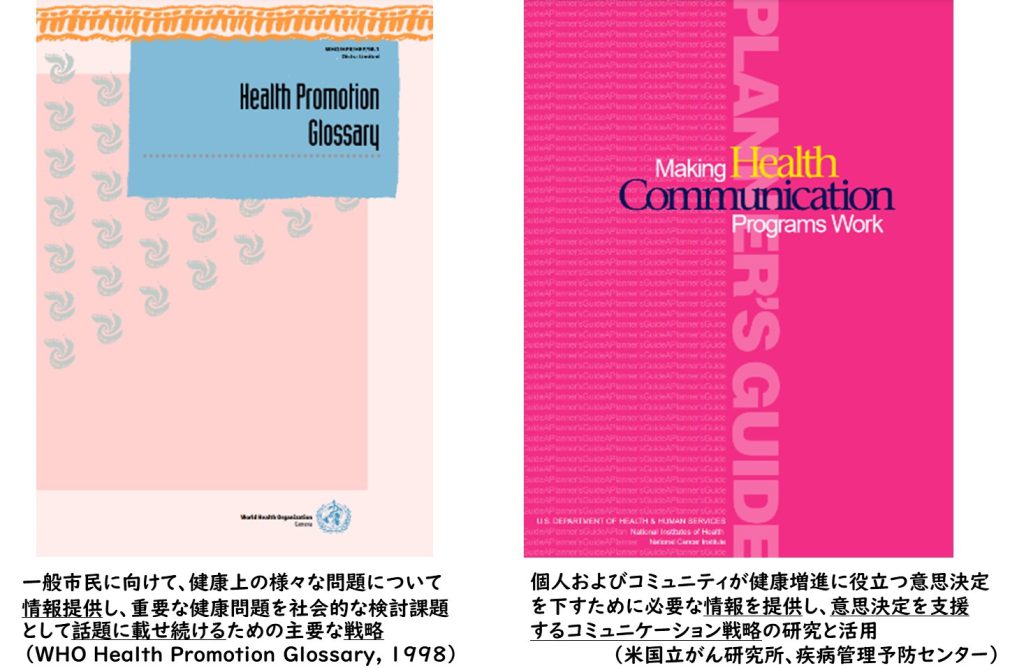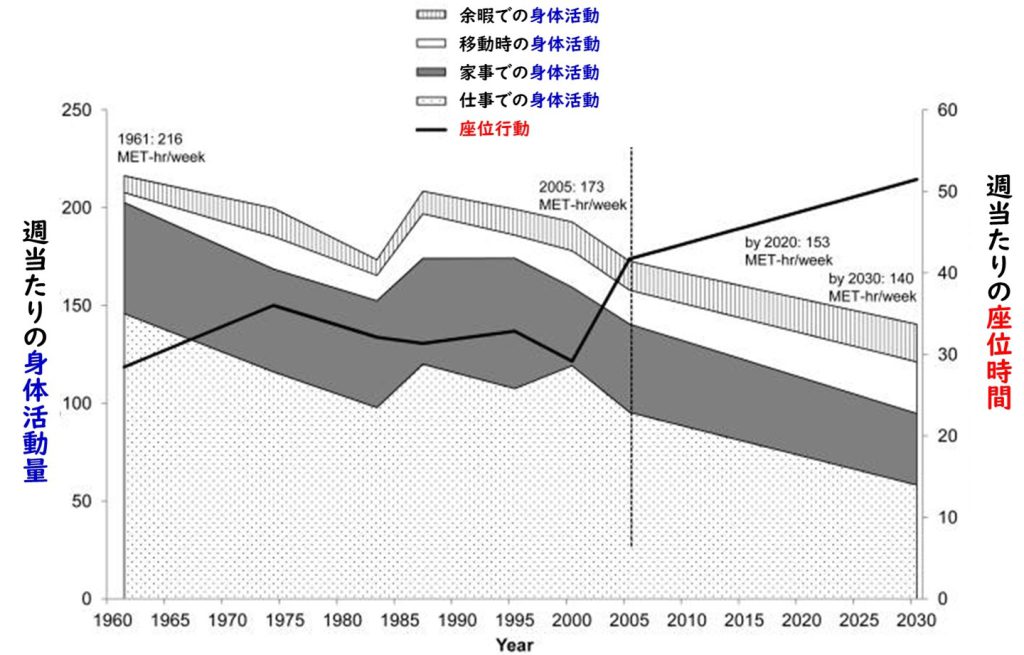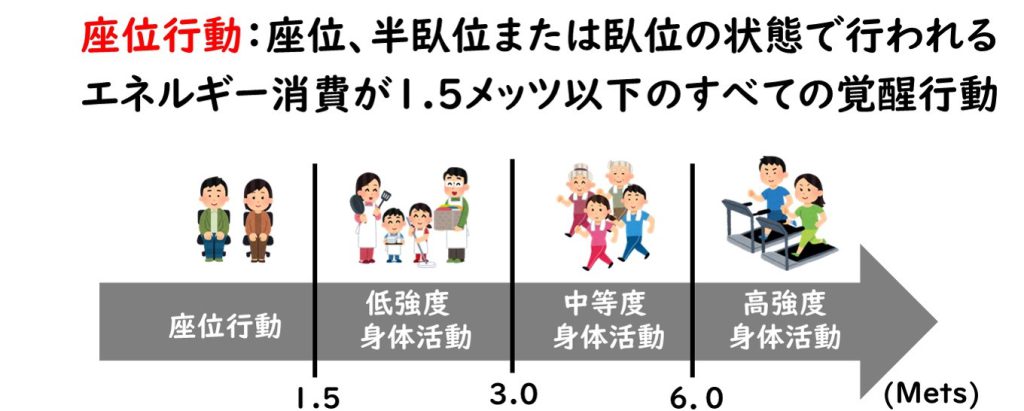Details of the Initiative
Although the evidence on health has been updated, it is not always fully addressed to the public. Therefore, we have conducted health communication research to disseminate health information correctly, appropriately, and effectively. In recent years, there has been a trend of increasing prolonged sedentary behavior (too much sitting) while physical activities have been decreased along with technological innovation and changes in the living environment. Evidence to support a link between excessive sedentary behavior and adverse health indicators or outcomes, such as all-cause mortality, cardiovascular disease , cancer mortality, and the development of type 2 diabetes is also being accumulated. In addition, it has been pointed out that in order to reduce adverse effects, it is important not to keep the same posture and that the frequency is more important than the intensity of movement. However, many Japanese people may not be aware of this problem and measures. The revision of the WHO guidelines (2020) mentioned sedentary behavior in addition to physical activities. In Japan, the working group to revise the guidelines for physical activity is currently discussing the inclusion of sedentary behavior. In line with this, we have begun to consider effective health communication strategies to help people aware of sedentary behavior as health issue and make decisions to change their behavior.


References: Ng SW & Popkin BM. Obes Rev. 2012; 13 (8): 659 -80.

